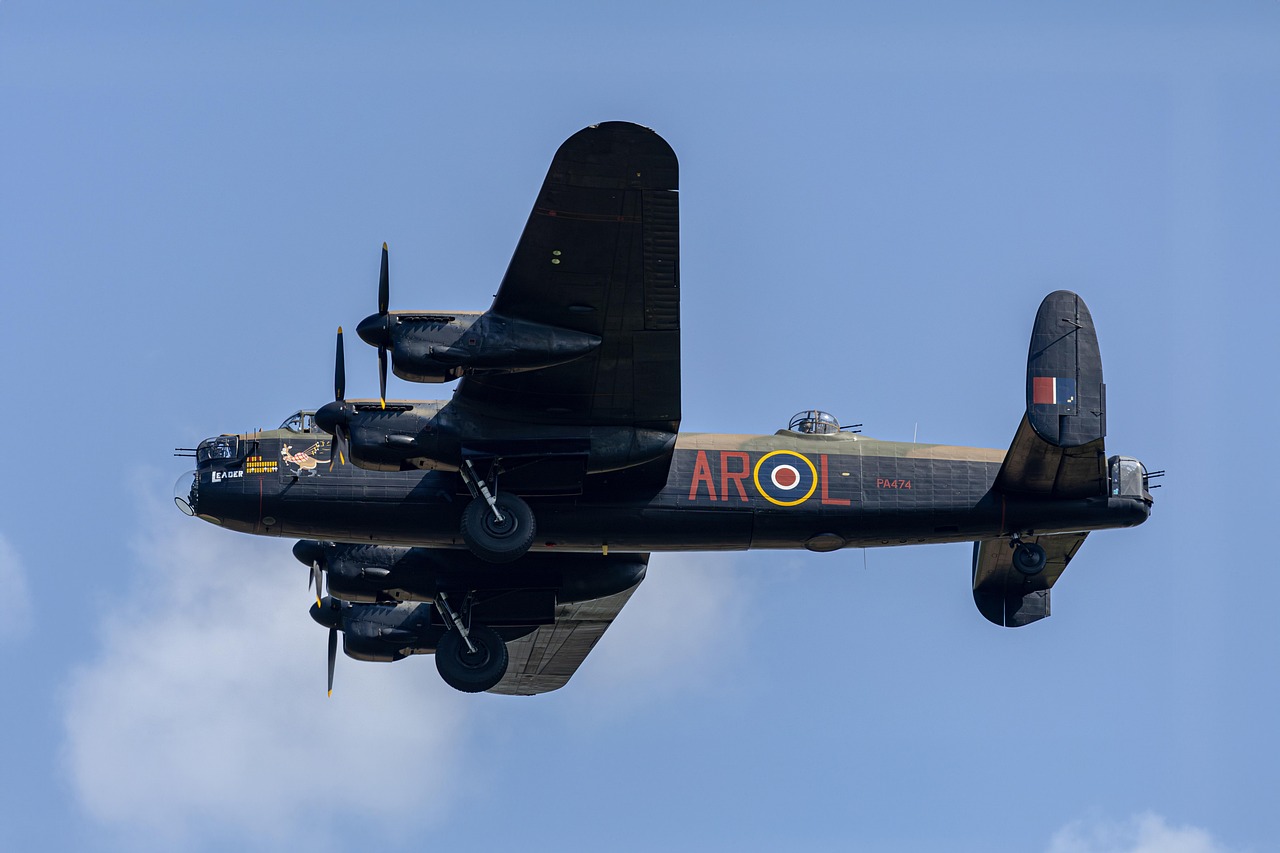Dance - Part 2
Exploring Expressive Movement Forms - Part 2
Welcome back to the second part of our series on expressive movement forms! In this article, we will delve deeper into the world of dance and its various styles that allow individuals to express themselves through movement.
1. Contemporary Dance
Contemporary dance is a genre that combines elements of several dance styles, including modern, jazz, and ballet. It focuses on self-expression, creativity, and the connection between mind and body. Dancers often explore emotions and storytelling through fluid movements and innovative choreography.
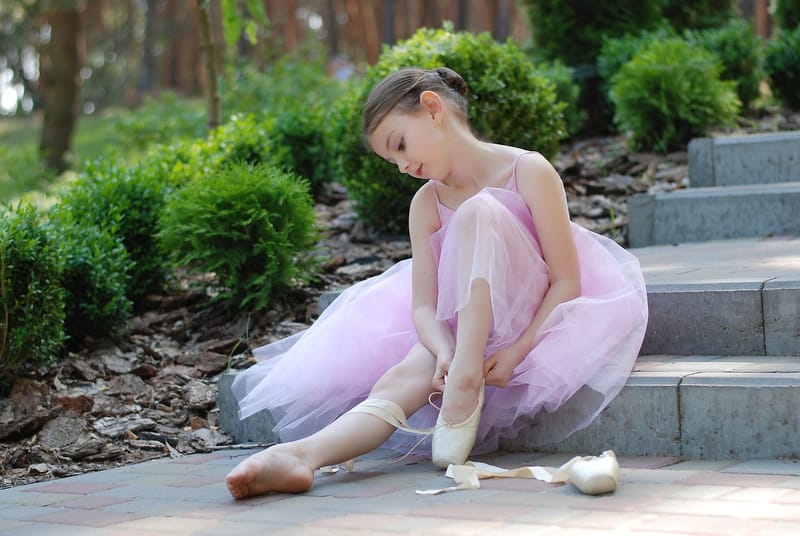
2. Hip Hop Dance
Originating from street dance styles, hip hop dance is a high-energy form of movement that incorporates breaking, popping, locking, and freestyle elements. It is often characterized by its rhythmic beats, urban flair, and individuality. Hip hop allows dancers to express their personalities and emotions through dynamic and powerful movements.
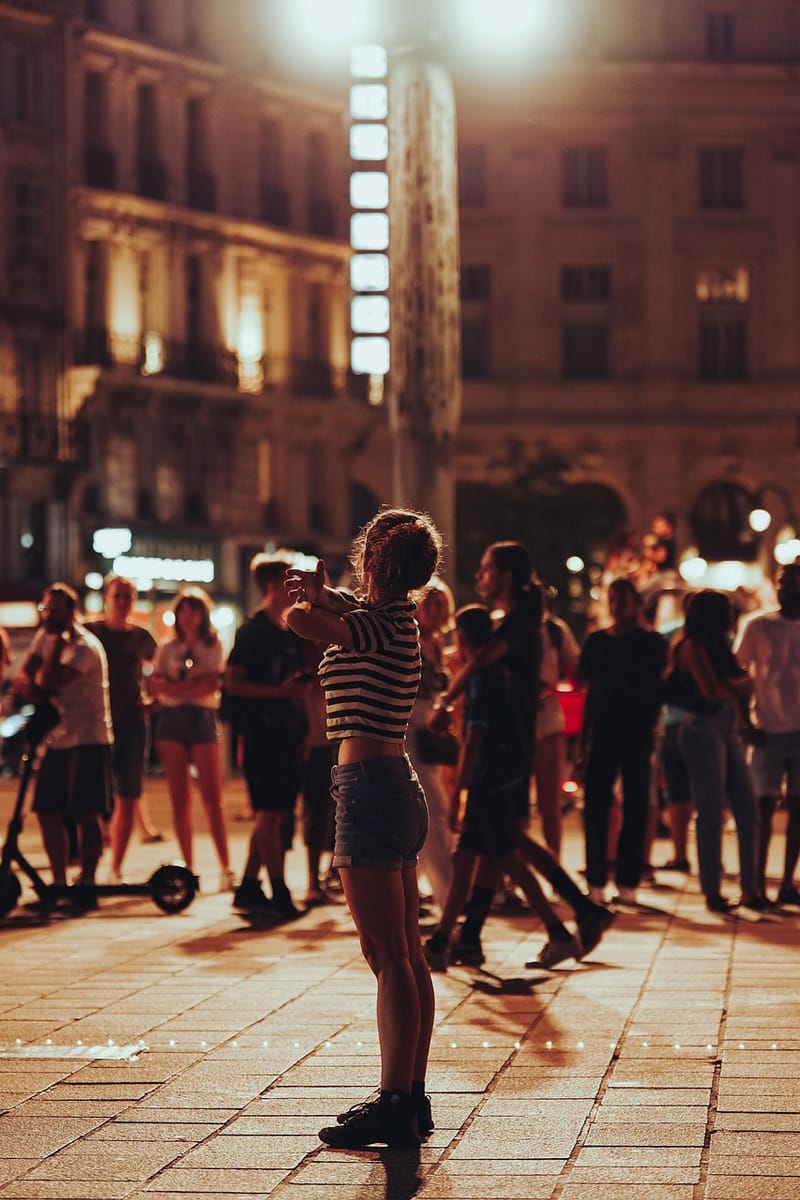
3. Ballet
Ballet is a classical dance form that emphasizes grace, precision, and technique. Dancers perform intricate and structured movements while conveying emotions and narratives through their gestures and expressions. Ballet requires discipline and years of training to master its demanding techniques.
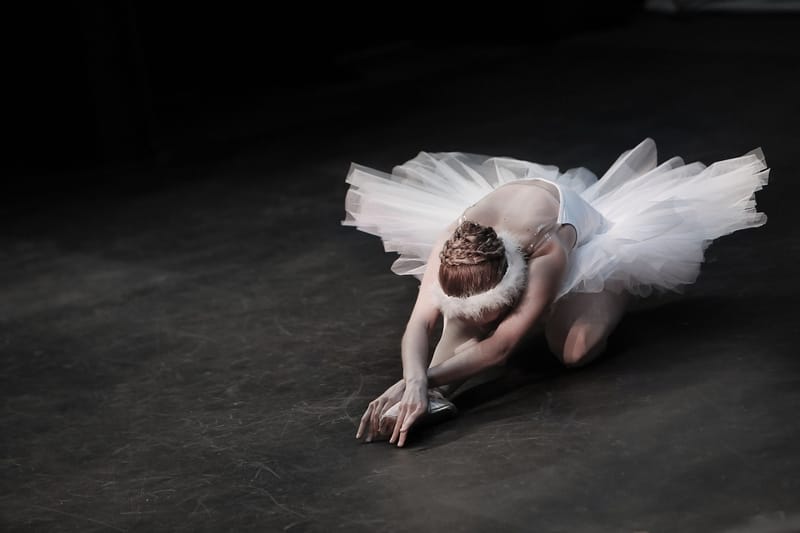
4. Jazz Dance
Jazz dance is a lively and dynamic style that combines elements of ballet, modern, and African dance. It is characterized by its syncopated rhythms, isolations, and improvisational nature. Jazz dancers often use their bodies to create shapes and lines that reflect the music's mood and tempo.
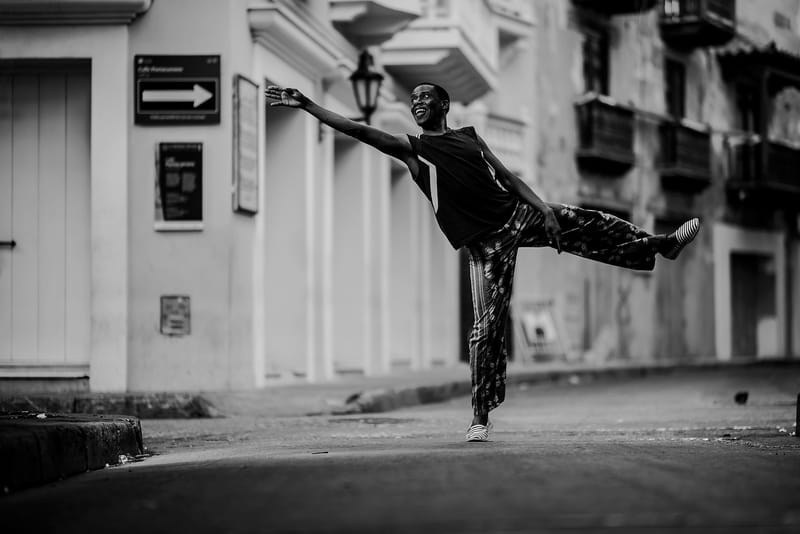
Each of these dance forms offers a unique way for individuals to express themselves creatively and emotionally. Whether you prefer the fluidity of contemporary dance, the urban vibe of hip hop, the elegance of ballet, or the energy of jazz, there is a style out there for everyone to explore and enjoy!
Stay tuned for the next part of our series, where we will continue to explore more expressive movement forms and their significance in the world of dance.
